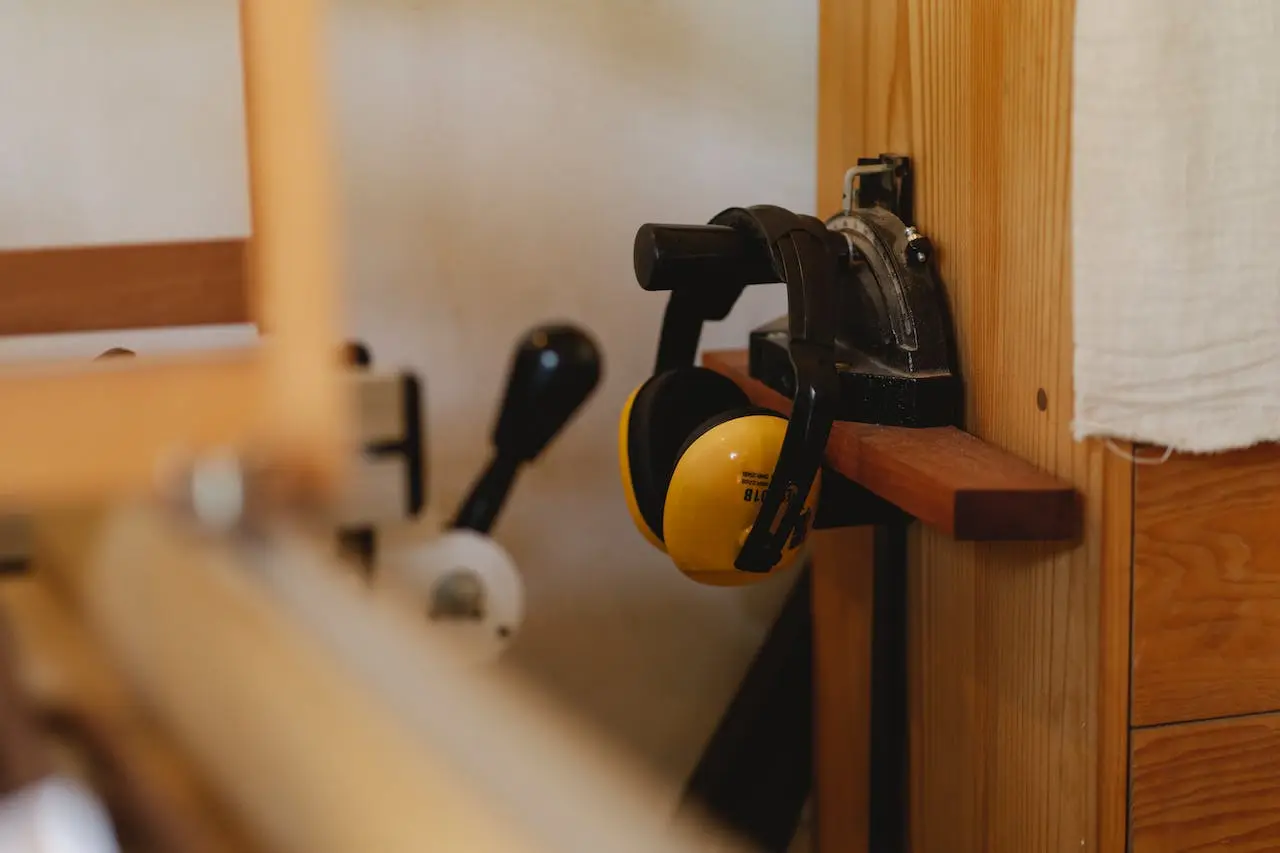Providing an employee with protective clothing is an obligation for the employer, the degree of which depends primarily on the position occupied by the employee in question and the risks to the protection of the employee's property and health during the performance of work. The regulations are unambiguous on this issue, although they often set only the minimum that the employer must keep in mind. And although the choice of specific protective clothing depends on the employer himself, it is certain that the clothing should always be adapted to the conditions prevailing at the position, the hazards and harmful factors present there, but also to the needs of the employee - the clothing should protect, but at the same time provide full comfort at work. Unfortunately, even today many employers do not fully comply with the current regulations or confuse protective clothing with work clothes, treating their use more leniently. So how do Polish regulations on the guarantee and use of protective clothing actually look like, and how does it differ from work clothing?
Clothing for work: protective or work clothing?
The obligation to provide employees with occupational health and safety is imposed by the Code on every employer, and within its framework, each, in certain cases, is obliged to provide employees with protective clothing or work clothes and footwear. However, these terms should not be confused, as each of the categories mentioned performs slightly different practical functions.
Protective clothing, or so-called personal protective equipment, is designed to protect the employee from the effects of harmful and dangerous factors present at his workplace, that is, from a variety of chemical agents, mechanical damage, high or low temperatures, sharp objects, dust or noise. Personal protective equipment does not include: ordinary work clothes and uniforms that are not adapted to ensure the safety and health of the employee, personal protective equipment used by the military, police and other law enforcement services, equipment used by first aid and rescue services, personal protective equipment used under the Traffic Law, sports equipment, self-defense and deterrence equipment, and portable devices for detecting and signaling threats and violations of public order.
Work clothes are garments that primarily guarantee the protection of the worker and his personal clothing from dirt and damage due to the work performed. Work clothes and footwear will therefore be indispensable, for example, on a construction site, where the main danger is precisely the risk of contamination. What's more, it is workwear that is often the marketing element - T-shirts or aprons with company logos are an extremely common sight today, regardless of the industry.
Legal requirements for protective clothing
Personal protective equipment used in workplaces must absolutely meet the requirements for conformity assessment and have a CE marking confirming this, as stated in the Regulation of the Minister of Economy of December 21, 2005 on the essential requirements for personal protective equipment (Journal of Laws of 2005, No. 259, 2173). According to the ordinance, individual protection means should be understood as not only clothing in the typical sense of the word (so, for example, pants, blouses or aprons), but all devices and pieces of equipment intended to be worn or held by an employee to protect against hazards that may affect his safety or health (so, also various types of masks, goggles, helmets, protectors, and sensors that protect against radiation, inform about dangerous gas concentrations or control dust levels in the air). What's more, all personal protective equipment used must bear the CE marking, and thus be tested for compliance with EU directives on issues related to safety of use, health and environmental protection, and risks that the manufacturer should detect and eliminate. The regulation also specifies the range of characteristics of protective clothing designed to protect against particular hazards.
Use of protective clothing under the law
Pursuant to Article 237(6) of the Labor Code, the employer is obliged to provide the employee, free of charge, with the personal protective equipment (protective clothing) necessary for his or her workplace, the purpose of which will be to protect the employee from dangerous and harmful external factors. The employee, according to further provisions of the same article, should not only receive protective clothing, but also be trained in its use and informed of the necessity of its use. In the case of most employers, the information about protective clothing adapted to specific jobs as well as the one about the necessity to use it in an appropriate manner is included in the company's health and safety regulations and is non-negotiable - the employer may remove from the workplace a person who does not comply with the obligation to use protective clothing, but the employee may also refuse to perform tasks if adequate protection is not provided.
The Labor Code does not stipulate what type of personal protective equipment should be used at given workplaces, so the employer should determine the scope in consultation with industry-specific regulations, employee representatives and in accordance with his own knowledge and the specifics of work at specific positions. However, the Code informs that the employer's duty is not only to provide employees with protective clothing, but also to guarantee its proper condition by regularly washing, maintaining, repairing, dusting, sanitizing or replacing it, depending on the degree of wear and tear (you can read about the signs of wear and tear of protective clothing in the article: https://www.bhp-gabi.com/a66,oznaki-zuzycia-odziezy-ochronnej-kiedy-nalezy-ja-wymienic.html).






